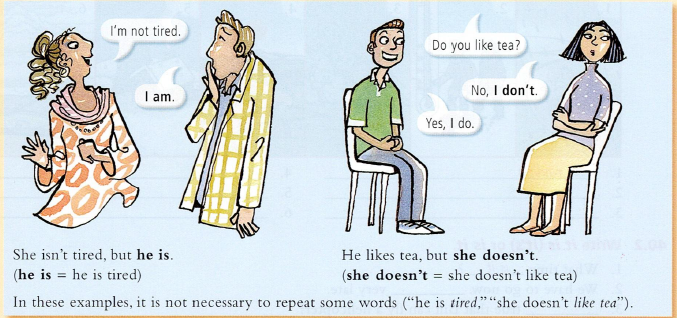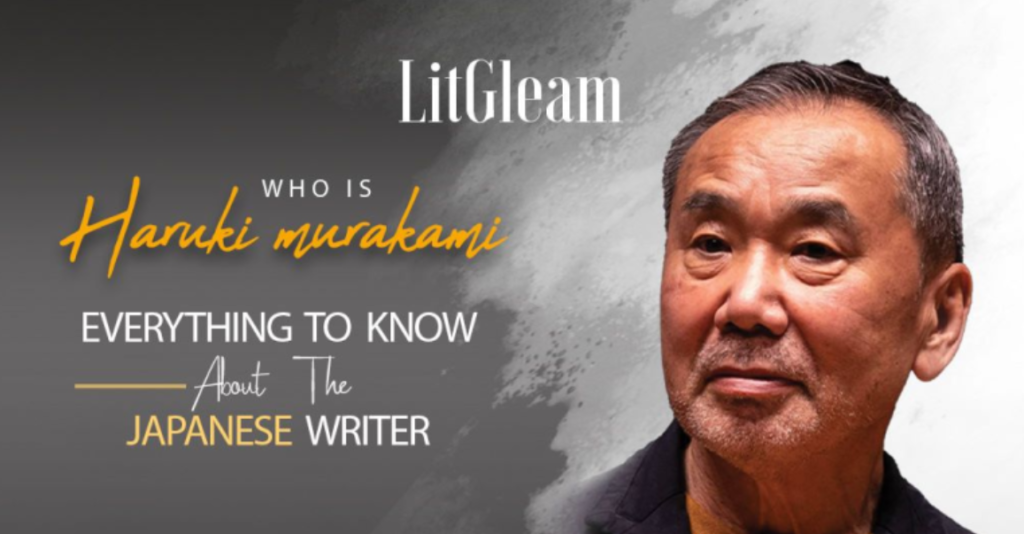
Lesson 41 Street Food
Topic Question: “What is your favorite Japanese street food?”
▮ Try Answering the Question Yourself
Think about the variety of Japanese street food you know or have tasted. Which one is your favorite, and why do you prefer it over others?
▮ Sample Answer
“My favorite Japanese street food is takoyaki. They are ball-shaped and taste amazing. Takoyaki is famous in Osaka. I love it because it’s delicious and fun to eat with friends.”
▮ Words to Learn and Their Meanings about Sample Answer
Pronounce the Words Correctly (Pronunciation Training) + Make Sentences Using the Words Instantly
- Street food (ストリートフード): Food sold by vendors in public places.
- Ball-shaped (球形の): Something that has the shape of a ball.
- Famous (有名な): Well-known by many people.
- Delicious (おいしい): Tasting very good.
- Fun (楽しい): Something that is enjoyable and entertaining.
▮ Answer the Instructor’s Questions Based on the Sample Answer
- What makes takoyaki your favorite Japanese street food?
- Why is takoyaki especially famous in Osaka?
- Can you think of another street food that is fun to eat with friends?
▮ Mastering Middle School English Grammar
I am, I don’t, etc.

You can use these verbs in the same way:
● I haven’t seen the movie, but my sister has. (= my sister has seen the movie)
● A: Please help me.
B: I’m sorry. I can’t. (= I can’t help you)
● A: Are you tired?
B: I was, but I’m not now. (= I was tired, but I’m not tired now)
● A: Do you think Jane will call tonight?’
B: She might. (= she might call)
● A: Are you going to study tonight?
B: I should, but I probably won’t. (= I should study, but I probably won’t study)
You cannot use ‘m/’s/’ve, etc. (short forms), in this way. You must use am/is/have, etc.:
● She isn’t tired, but he is. (not … but he’s)
But you can use isn’t / haven’t / won’t, etc. (negati11e short Jonns):
● My sister has seen the movie, but I haven’t.
You can use I am/ I’m not, etc., after Yes and No:
● “ Are you tired'” “Yes, I am. / No, I’m not.”
● “Will Bill be here tomorrow?” “Yes, he will. / No, he won’t.”
We use do/does for the simple present
● I don’t like hot weather, but Sue does. (= Sue likes hot weather)
● Sue works hard, but I don’t. (= I don’t work hard)
We use did for the simple past
● A: Did you and Chris like the movie?
● B: I did, but Chris didn’t. (= I liked it, but Chris didn’t like it)
● “I had a good time.” “I did, too.” (= I had a good time, too)
● ” Did it rain yesterday?” “No, it didn’t.”
Using the grammar points above, try to make sentences about Japanese street food. Here are some structures to get you started:
“I haven’t tried , but I’ve heard it’s delicious.”
“Is tasty?” “Yes, it is. / No, it isn’t.”
“Do you like __?” “I do. / I don’t.”
Make Sentences Based on the Above Example Sentences Yourself:
























